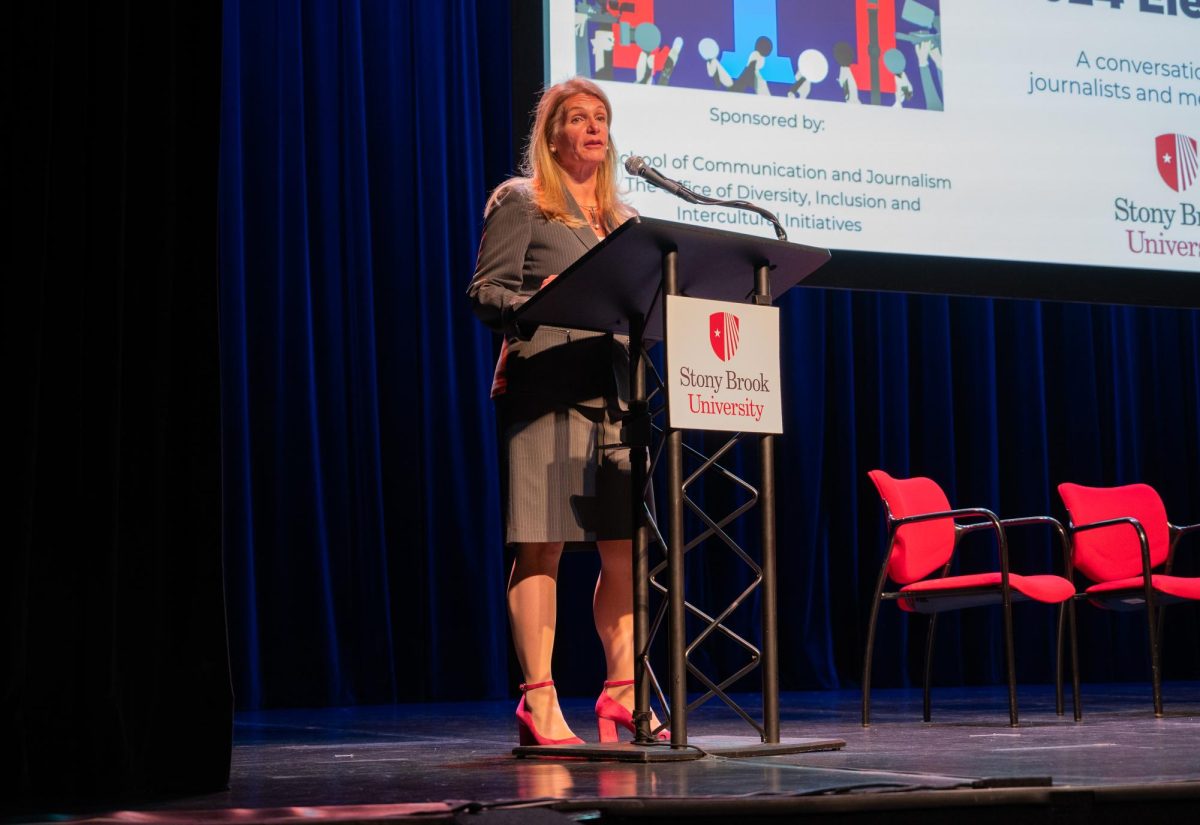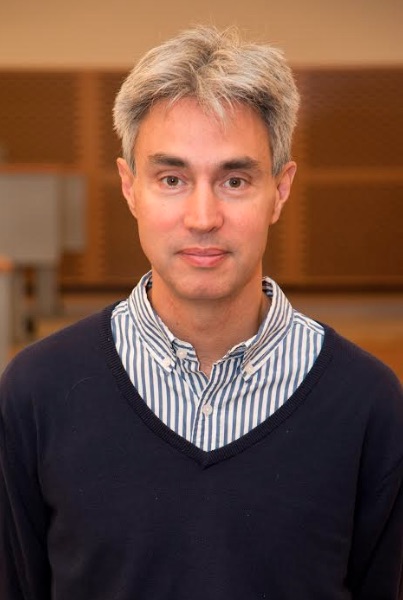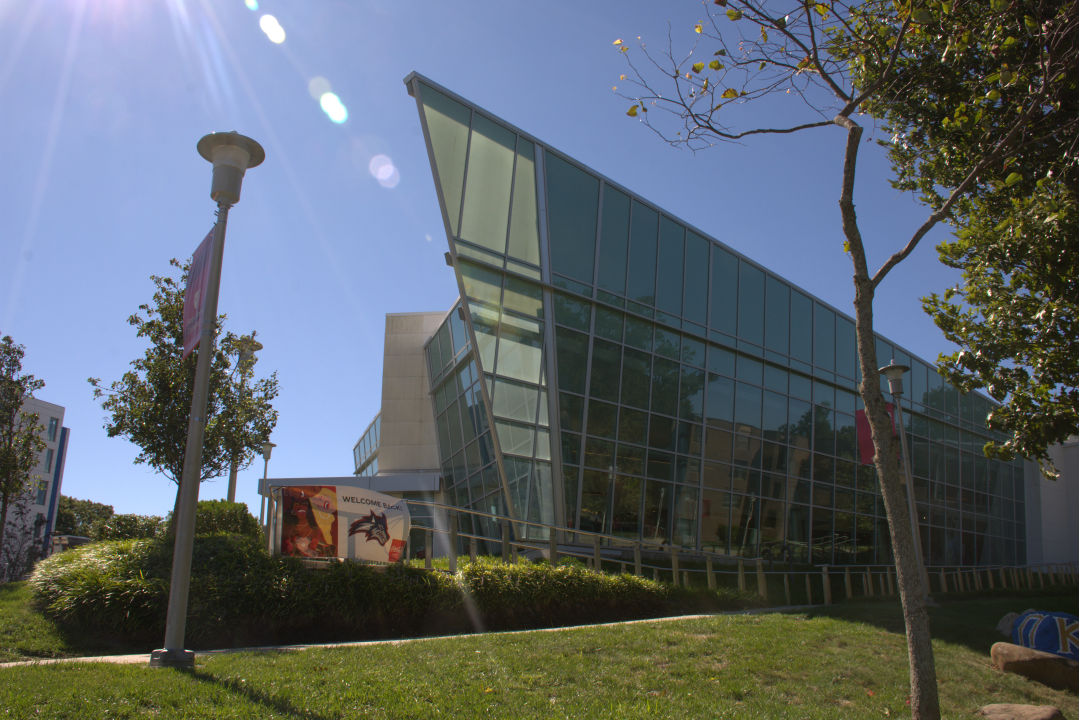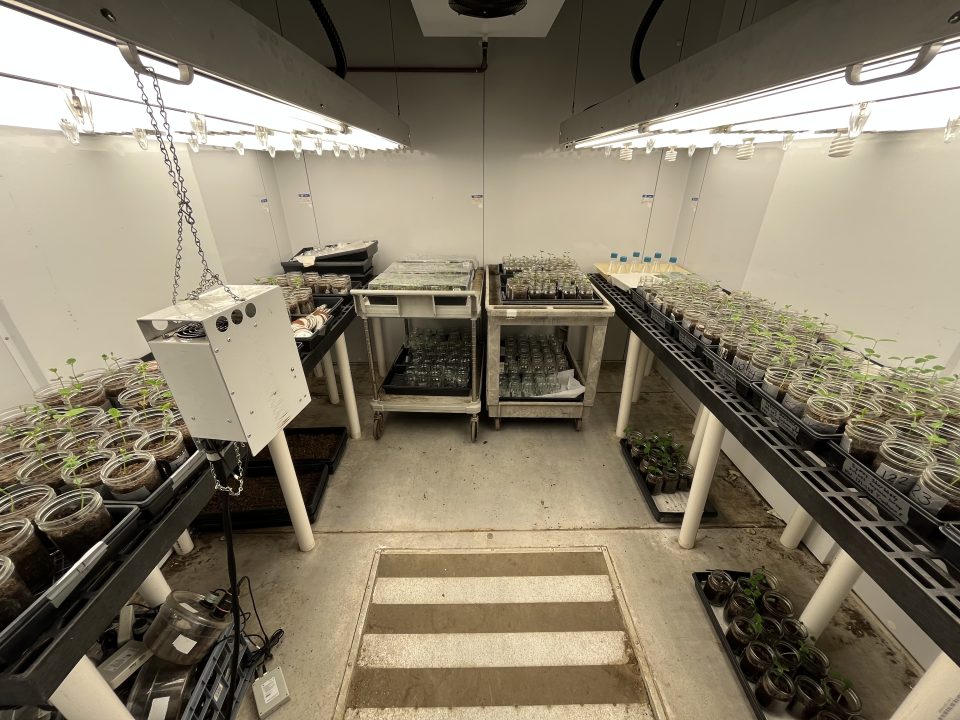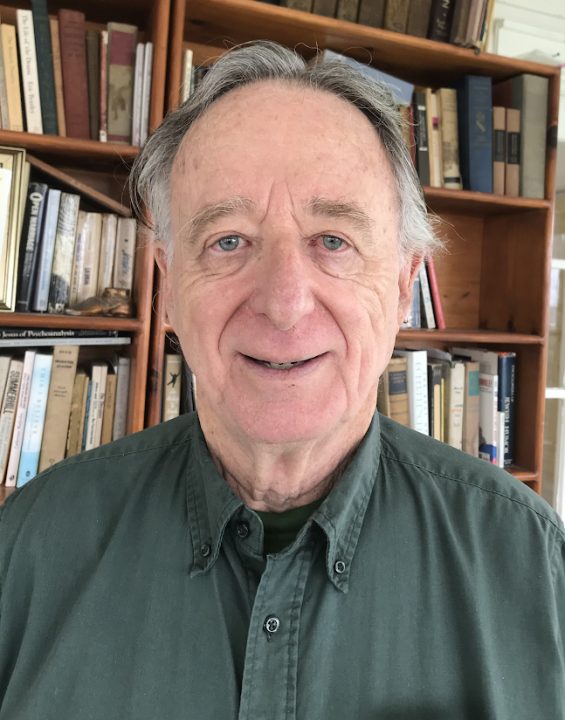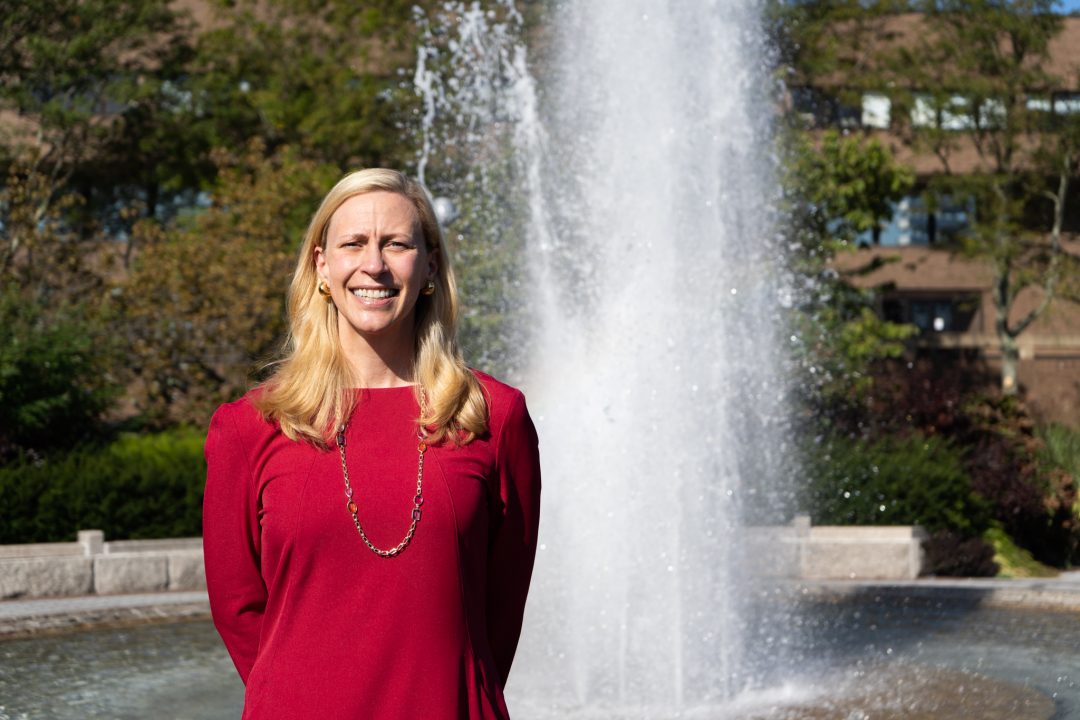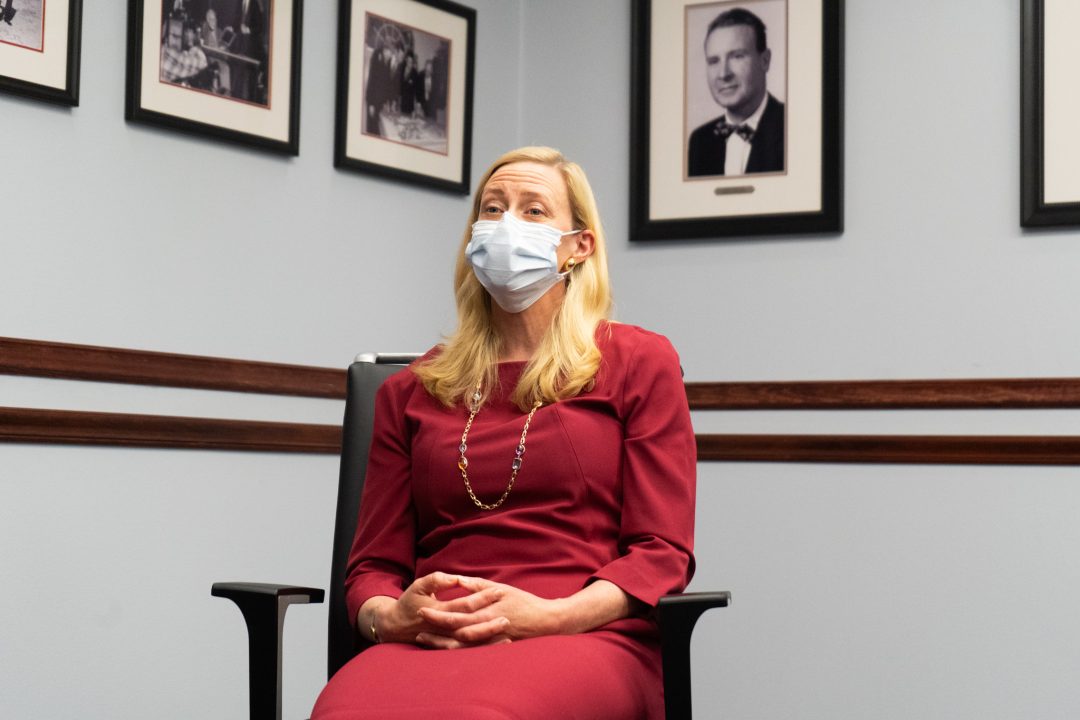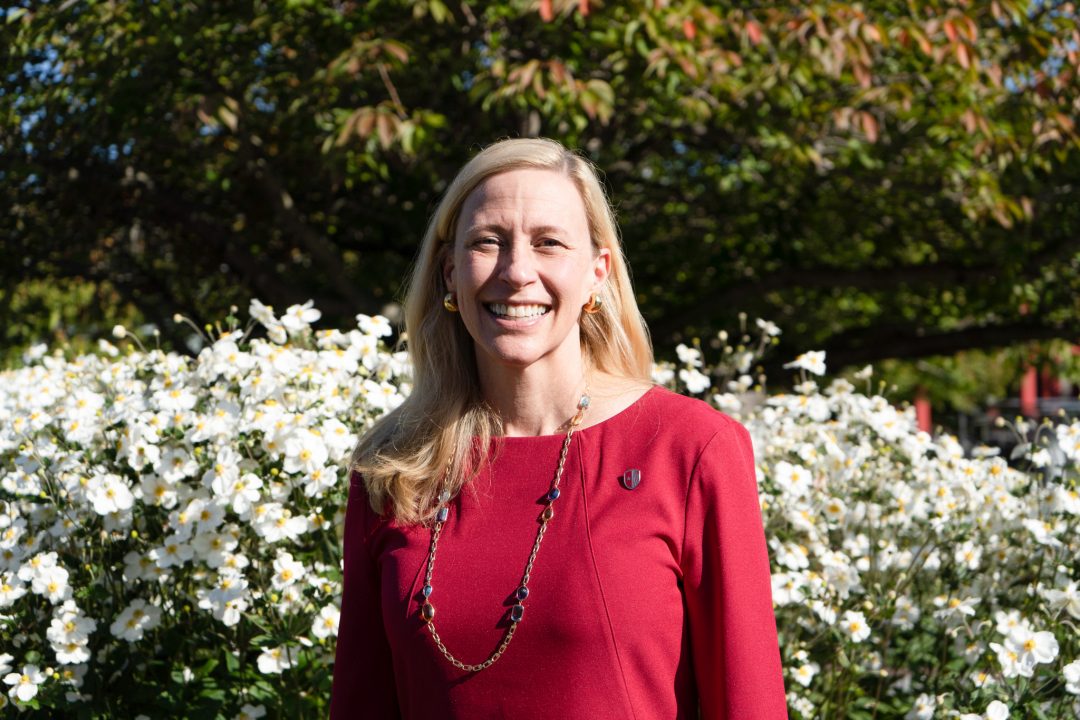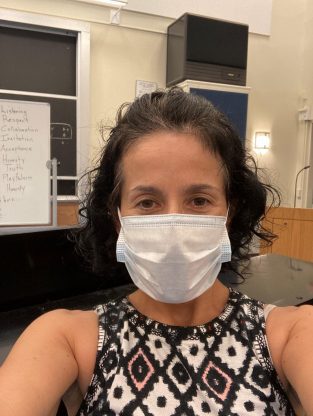
Shoshana Hershkowitz, a choral conductor in Stony Brook’s music department, ended her first in-person choir practice this fall semester with a mix of relief and exhaustion — feelings that she said were reciprocated by many of her 75 students.
“We’re singing masked, and I think that definitely is tiring,” Hershkowitz said. “About the time that rehearsal was over, my mask was just soaked from sweat and condensation.”
Stony Brook University’s almost 2,000 faculty members returned to campus this semester with all the back-to-school teaching essentials: lesson plans, books and masks.
On Aug. 1, all faculty and staff who had been working remotely this past year were required to return to on-site work schedules, with exceptions for some extenuating circumstances, like medical and religious exemptions. For those returning, this transition has generated an array of feelings.
Some teachers have been thrilled about the opportunity to be face-to-face with their students again, clinging to a semblance of normalcy. Others have been maneuvering through this transition more cautiously, with travel-sized bottles of hand sanitizer and commitment to extra social distancing measures, such as staying behind the podium in a lecture hall.
Educators have been especially concerned about mask requirements in the classroom, with many regarding the face coverings as obstacles to interactivity and communication. For Richard Laskowski, a professor in the School of Business, masks have been particularly disruptive when teaching a large body of students in a lecture hall.
“It’s very, very difficult to teach when you’re in front of the room with 150 students in the class, trying to get across your message and trying to get them to relate to you,” Laskowski said. “I do face-to-face, person-to-person dialogue rather than monologue. So, when I ask a student a question and I can’t hear their response, I have to walk down the aisle, get close to them, hear what they’re saying and then relay it to the rest of the classroom.”
Despite their frustrations, teachers seem to understand the importance of campus safety requirements, especially in a setting like a lecture hall.
With more than 90% of students registered for some or all in-person classes this fall, any large gathering has the potential to become a coronavirus superspreader event. As the community enters a new semester during a rise in coronavirus cases, several faculty members have expressed concerns about building design and room ventilation on campus.
“There’s been a lot of discussion online with some faculty who do not want to teach in-person, and there’s concern with things like … What’s the ventilation like? Who’s vulnerable and who’s not?” Jessica Gurevitch, a professor in the department of ecology and evolution at Stony Brook for 36 years, said.
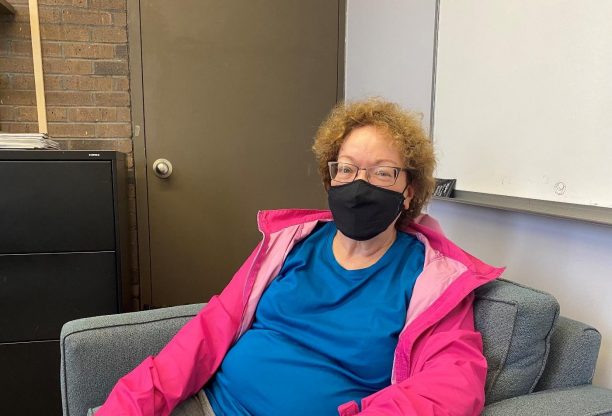
Gurevitch is happy to have a small class and a well-ventilated room this semester.
“I think that’s not the same thing for everyone,” she said. “It depends on your circumstances.”
Faculty members expressed their grievances and found solidarity through University Senate meetings and United University Professions (UUP) email chains. The union represents Stony Brook employees’ needs and protects their interests as well. Additionally, professors are finding support through other means, like Hershkowitz, who said that she has found support within the music department as she and her coworkers navigate this experience together.
Some specific criticisms about the return to in-campus teaching have echoed across many of the University’s platforms and departments.
“A lot of people who have small children are worried because they’re [the children] not vaccinated. A lot depends on the context,” Gurevitch said.
Some faculty are petitioning for work-from-home allowances on account of safety concerns and educational benefits.
One professor from the department of philosophy discovered, after surveying his students, that Zoom made it easier for his lectures and logic demonstrations — such as card tricks — to be seen and understood. Nevertheless, his requests to teach a hybrid course were denied.
This professor, who wishes to remain anonymous for fear of retaliation, said that the school’s marketing paradigm “has been clashing with the university’s goals for research and teaching.” He believes that this clash is causing a divergence in opinions around how to handle the pandemic and that financial goals are being prioritized above ethical and pedagogical concerns.
To address these concerns, the Stony Brook administration created Stronger Together, a program aimed towards “making the staff feel supported, engaged, welcomed, and respected.” The program works to address the faculty’s questions and concerns while making sure Stony Brook correctly complies with protocol from New York State and the State University of New York.
Ellen Cooke, associate director of internal communications, said that one of the many roles of Stronger Together is addressing the needs of campus staff and finding solutions to their problems.
“The idea was to have this program that would address any and all needs that we can possibly think of, and to expand it as we find out about new needs and concerns and audiences,” Cooke said.
As an active member of the UUP Stony Brook chapter, Barbara Selvin, an associate professor at the School of Communication and Journalism, has been actively following discourse among faculty during this transition. Coming back to campus, Selvin had her own concerns about face coverings in the classroom, but now that the semester has begun, those worries have started to subside.
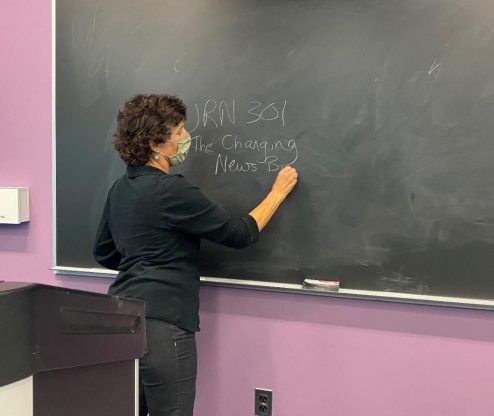
“I thought it was going to be terrible … but it isn’t that bad,” Selvin said. “I feel like you can still be expressive and I feel like I’m still connecting with the students, which was the thing I was the most worried about.”
For Hershkowitz, returning to in-person has been more positive than negative. She said it was a pleasure to finally meet her students from Zoom classes last year, and although wearing masks can be frustrating, they provide a sense of safety to her and other professors.
“It’s wonderful to be back, but it’s not perfect,” Hershkowitz said. “I look forward to when we can do this without fear, and we can take the masks off, and do all of that … but safety and public health is the first concern. We’re going to do this with safety first.”







